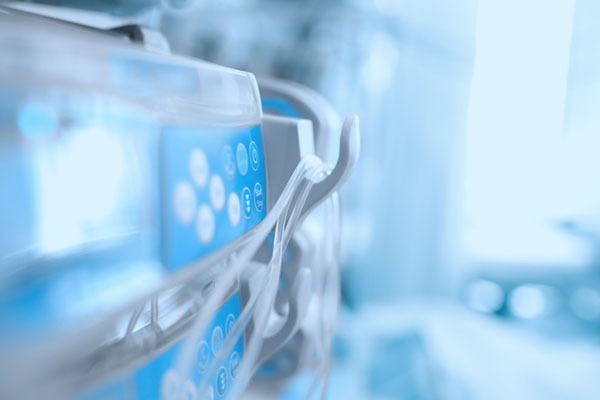
HICprevent
This award-winning blog supplements the articles in Hospital Infection Control & Prevention.
CLABSI Collaboration Cuts Infection Rates 70%
April 14th, 2023

By Gary Evans, Medical Writer
Infection preventionists and colleagues from quality and education spearheaded a hospital-wide team and engaged all staff to dramatically reduce central-line-associated infections (CLABSIs) by 70%.
Erin Pearson, BSN, RN, a quality nurse specialist, and Jamie Hall, BSN, RN, CIC, an infection preventionist, both of ECU Health in Greenville, NC, detailed the program in a recent webinar by the Association for Professionals in Infection Control and Epidemiology (APIC).
Seeing a dramatic increase in CLABSIs in the first quarter of fiscal year (FY) 2021, the line team looked back over data and realized that rate had begun to climb in 2020, when many hospitals started seeing healthcare associated infections (HAIs) surge as the pandemic set in. ECU Health had less than 10 CLABSIs in the first quarter of FY2020, but by first quarter of FY2021, 30 patients were infected. Looking at it another way, the CLABSI peak was 2 per 1,000 patient days, after being below 1 by the same measure a year earlier. It was decided to begin a hospital-wide CLABSI prevention project.
With worker morale ebbing after waves of COVID-19, they wanted to set a positive tone from the start, giving the project a name that was easy on the ears, “For the Love of the Line.”
Pearson and Hall emphasized the key collaboration that made it possible.
“This project was driven by the performance improvement data analytics team, the infection control team, and the education team,” Pearson said. “We all rounded throughout the hospital and worked closely together to ensure information was being shared, just-in-time teaching done, and opportunities identified.”
Not unexpectedly, their peak reduction of 70% fell to a sustainable reduction of 58% as a quarterly average.
“Typically, when you do project work, your initial win is your biggest win and then it plateaus off to what you’re able to sustain,” Pearson said. “We collaborated across all of our disciplines to do this work together. We improved our patient outcomes and because they weren’t getting infected, we saved our organization approximately $1.1M — that’s based on the cost of a CLABSI from our finance department. We increased morale with our nurses and our team members with positive reinforcement. We celebrated each and every win.”
For more on this story, see the next issue of Hospital Infection Control & Prevention.
Gary Evans, BA, MA, has written numerous articles on infectious disease threats to both patients and healthcare workers for more than three decades. These include stories on healthcare-associated infections like MRSA, C. diff and a panoply of emerging multidrug resistant gram negative bacteria and fungi like Candida auris. In an era of pandemic pathogens, he has covered HIV, SARS, pandemic influenza, MERS, Ebola and SARS-CoV-2. Evans has been honored for excellence in analytical reporting five times by the National Press Club in Washington, DC.
